Aluminum stands out as one of today’s most flexible metals, valued for its lightness, durability, and ability to resist rust. This metal finds its way into numerous products, from everyday household stuff to top-notch car parts. The natural qualities of aluminum mean it keeps playing a key role in current manufacturing and design processes. Aluminum polishing metals combines art and science, requiring skills and expertise for accuracy and know-how to get a mirror-like surface. This job has many steps, such as cleaning, sanding, and buffing. Each of these steps is crucial to getting rid of flaws and bringing out the metal’s natural glow.
It is always beneficial to understand how specific polishing processes work with metals like aluminum to achieve the best results in terms of visual appeal or mechanical improvement. Getting that perfect shine not only enhances the aesthetic value of aluminum items but also gives them a protective coat that enhances their usability for longer periods.
Understanding Aluminum and Its Challenges
Aluminum is a popular silvery white, distinguishing itself by its lightweight nature, toughness, and ability to resist corrosion from other metals. Its inherent properties make it a favored choice across different industries. Yet even with its many plus points, aluminum comes with its own set of hurdles that need to be tackled to keep its quality and usefulness intact.
Aluminum Surface Characteristics
A thin layer of oxide builds up on the surface to provide initial protection when aluminum parts are exposed to air. This oxide layer prevents further rusting of the base metal but complicates the polishing processes. The oxide layer is rigid in nature and may give the surface a bleak and rough appearance.
Furthermore, it is an easily deformable metal that can get scratched or dented during processing and handling. The metal itself also has a high thermal conductivity, which can cause heat to be produced during the aluminum polishing process. That can lead to warping or discoloration if not carefully managed.
Common Aluminum Problems
Manufacturers face several problems that are often associated with aluminum. The first major menace is oxidation; despite being a protective layer, it proves to be quite detrimental as far as attaining a highly polished surface is concerned.
Other issues include possible scratches and surface roughness. Due to its softness, aluminum tends to have various damages in the process of production and during the utilization of products.
Furthermore, aluminum can develop galls or stick to itself or to the tools that are being used for machining. This results in the formation of certain surface imperfections.
These challenges called for a delicate approach and special procedures during alu polishing so as to obtain the final surface with the desired reflective characteristic. Knowing these aspects and issues is necessary for anyone who wants to work with aluminum and achieve the best outcomes.
Polishing Methods: Achieving Different Finishes
Aluminum requires polishing to improve its aesthetic appearance as well as the reliability of the product. Many techniques are used to yield a set of results that are ideal for different uses. Knowledge of these methods will assist you in deciding on the right course of action for your project.
● Hand Polishing Aluminum
● Dual Action Polishing Aluminum
● Rotary Polishing Aluminum
Hand Polishing Aluminum
Hand aluminum polishing can be a traditional method, in which the aluminum surface is rubbed manually with abrasive materials. This technique is perfect when working on small projects or sections of a building that are sensitive to disturbance. Start by using coarse grit sandpaper to reduce surface roughness, then switch to finer grit sandpaper to refine the surface.
Also Read: Aluminum Machining CNC
After you’re done sanding, grab some metal polish and a soft cloth to make the surface shine. Polishing by hand gives better control and works great to get a shiny, mirror-like finish on small or fragile pieces. But it takes a lot of time and effort, so it’s not the best choice for big areas or when you need to do a bunch of parts.
Dual Action Polishing Aluminum
Dual action (DA) polishing is linked to both hand and machine polishing benefits. A DA polisher uses a random orbital motion to lower the chance of creating swirl marks or burns on the aluminum surface. This method boosts productivity compared to hand polishing and can cover bigger areas in less time. Start by putting a polishing compound on the aluminum surface.
Then, use the DA polisher with a good pad to work the compound into the metal, refining the surface step by step to get a smooth, shiny finish. Dual action polishing works well to achieve steady results on medium to large surfaces and strikes a balance between control and effectiveness. It’s helpful for automotive applications and other big aluminum parts.
Rotary Polishing Aluminum
Rotary polishing uses a high-speed rotary tool to create a mirror-like finish on aluminum surfaces. This method works well for tough polishing jobs and large surfaces where fast production is paramount. To start, put a cutting compound on the aluminum and use a rotary polisher with a wool or foam pad to get rid of surface flaws.
Next, begin using finer polishing compounds and pads to improve the finish. Rotary polishing can make a very shiny, professional-looking finish but requires skill to avoid damaging the surface with too much heat or pressure. Manufacturers often use this technique in industrial sectors and to polish large aluminum parts like wheels and panels.
Essential Tools and Equipment
To polish aluminum, you need various tools and equipment for a perfect finish. Picking the right tools can boost productivity and lead to top-notch results.
Metal Polishing Tools
The sandpaper in different grits is required to smooth the aluminum step-by-step for hand polishing. Start off with coarser sandpaper, around 320 to 400 grit, for your first sanding.
After that, move on to finer grits somewhere in the 800–1000 range, to achieve a nice even finish. Metal polishing compounds play a key role, as they help erase tiny scratches and make the metal shine.
Correspondingly, use microfiber or soft cotton cloths to apply polish and buff the surface. This ensures you won’t see any streaks. For tricky spots, small hand files or sanding blocks come in handy. They allow you to perform detailed work and fit into small spaces.
Polishing Equipment
To create top-notch polishing quality for huge volumes of items, investing in polishing equipment becomes crucial. A dual-action (DA) polisher is a great all-around tool that’s easy to handle, making it perfect for numerous polishing jobs.
It’s slightly gentler than a rotary polisher, reducing the risk of damaging the surface. Rotary polishers have a greater impact and are suitable for tough jobs, yet they require expertise to avoid overheating the metal.
Along with this, aluminum polishing pads and discs are also necessary, which come in different materials like foam and wool, to attach to these machines. Additionally, use safety gear such as gloves, safety glasses, and masks to protect yourself from dust and bits flying around while you polish.
Polishing Compounds and Buffing Wheels
The premium quality results of shiny aluminum surfaces depend on picking the right polishing compounds and buffing wheels. These tools combine to eliminate imperfections, smooth the surface, and give it an excellent shine.
Polishing Compounds
Polishing compounds come in different types and are made for various stages of polishing. Begin with a coarser compound. Like a cutting compound, to remove oxidation, scratches, and other flaws on the surface.
This first step prepares the metal for finer polishing. After the cutting compound, use a medium compound to smooth the surface more, taking out any leftover marks from the first stage.
Lastly, put on a finishing compound, often called a rouge or polish, to create a mirror-like shine. Each kind of compound should be paired with the right buffing wheel to work best and get exceptional results.
Buffing Wheels
Buffing wheels come in different materials and designs, each fit for specific polishing steps. Sisal wheels work well with cutting compounds because of their rough texture, which helps to remove heavy oxidation and scratches.
For intermediate polishing, spiral-sewn cotton wheels are the best choice, as they strike a balance between abrasiveness and smoothness. Finally, loose-sewn or flannel wheels paired with finishing compounds give a high-gloss look.
The wheel selection also depends on the desired finishing and complexity of the aluminum surface. To stop contamination and get steady results, it’s key to clean and keep up the buffing wheels regularly.
The Polishing Process: Step-by-Step
An excellent shiny finish on aluminum requires a thorough process with several steps. This approach ensures the metal surface is clean, smooth, and gleaming. The main steps to take are outlined in this brief guide.
● Cleaning Aluminum
● Sanding Aluminum
● Buffing
Cleaning Aluminum
To prepare the metal for the polishing process, initially clean the aluminum surface thoroughly. Remove all the dirt, grease, or oil from the surface well.
Apply a degreaser or simply prepare the mixtures by adding mild soap to water for cleaning purposes. Use a cloth or sponge to scrub the aluminum to remove all the gunk and then wash it.
It is preferred to use clean water for washing the metal and dry it with a cloth that won’t leave lint. Make sure the surface is spotless before you move on. Any leftover residue can cause problems when you sand and buff later.
Sanding Aluminum
Sanding comes next in getting aluminum ready to polish. Begin with coarse sandpaper (like 400 grit) to remove any oxidation, scratches, or marks. Sand the aluminum in one direction to keep from making circular scratches.
Next, grab some finer sandpaper (800-grit or 1200-grit) to smooth out the surface even more. Wet sanding is a good way to reduce dust and achieve a sleeker finish. Don’t forget to rinse the aluminum and wipe it clean after each sanding step. This helps get rid of any grit and lets you see how things are coming along.
Buffing
Buffing gives the aluminum its final shine. Begin with a buffing wheel mounted on a bench grinder or a handheld buffer wheel. Put a cutting compound on the buffing wheel and begin to polish the aluminum. Use steady pressure and overlapping strokes.
After this first buffing, switch to a finer polishing compound to improve the shine. To get a mirror-like finish, use a final polishing compound with a soft buffing wheel, like flannel or cotton. Keep buffing until the aluminum surface reflects light and feels smooth when you touch it.
Advanced Polishing Techniques
High-end techniques to polish aluminum make the surface look better, meeting the needs of both factories and restoration work. These methods need special tools and know-how to get top-notch outcomes.
Industrial Polishing
Industrial polishing of aluminum uses powerful machines and precise methods to create a smooth, shiny surface. This process plays a key role in the automotive, aerospace, and electronics industries, where parts must look aesthetic and meet functional standards.
Industrial polishing machines, like automated buffers and fast polishers, handle large quantities of aluminum parts quickly. These machines can be set up to treat each piece in the same way for consistency.
Likewise, it often includes stages of chemicals. These acid baths help to smooth and brighten the aluminum even more. This approach not only makes the metal look better but also helps it resist rust and last longer.
Aluminum Restoration
Aluminum restoration is an important process that’s usually used to make the aluminum surface look shiny again after it becomes old, weary, or even oxidized. This method is commonly employed to fix old models of cars, bikes, and parts of buildings.
Firstly, it is essential to wash off all the external debris and grime from the material’s surface. Then, address the scratches and oxidation through progressive sanding. Sand the surface, starting with coarse grit sandpaper and moving to finer grits to make it even.
After you prep the surface, polish it by hand or with special tools with specialized polishing compounds to make the aluminum shiny again.
Periodically, put on a protective layer after polishing to keep the new finish safe and stop it from rusting again. This kind of work takes time and expertise; however, it can make aluminum parts more aesthetic and functional.
Maintenance and Care
Taking good care of polished aluminum allows you to preserve its aesthetic appeal and maintain its functional performance. Adapting to regular maintenance and care often helps the finish last longer, stopping it from getting dull, rusty, or scratched, which can make it less attractive.
Upkeep and Care
Keeping polished aluminum clean requires regular washing with gentle, non-scratching cleaners to get rid of dirt without damaging the surface. Remember to steer clear of strong chemicals that might harm the aluminum or remove protective layers. Clean with soft cloths or sponges, then dry to avoid water marks and stains.
To keep the surface shiny and safe, apply an aluminum-specific metal polish regularly. For items you regularly use, fix small scratches and marks by using fine polishing compounds every so often. This helps maintain a smooth, shiny surface with a reflective finish.
Protecting Your Investment
A sealant or protective coating can be applied to polished items to keep them safe from damage and everyday wear. These products make a shield against moisture, UV rays, and pollutants, which helps prevent rusting and fading. For parts that stay outside, keeping them in covered areas or using protective covers when the weather gets bad can help them last longer.
Besides this, addressing wear or damage lets you take action on time, like reapplying the polish or fixing scratches, to keep the aluminum pristine. By exercising caution and employing protective measures, you can produce polished items with beauty and functionality for a long time to come.
Target Audience-Specific Tips
● DIY Enthusiasts
● Professional Detailers
● Automotive Enthusiasts
● Metalworkers
DIY Enthusiasts
DIY enthusiasts need things to be easy and within reach. Use tools and stuff you already have at home, like cleaning products and soft rags. Begin by polishing things by hand to understand how they work before trying advanced methods.
You can find helpful advice and tricks online to boost your skills and get great outcomes without requiring professional equipment.
Professional Detailers
Professional detailers need to invest in top-quality tools and products to achieve excellent results. They should use dual-action or rotary polishers to work and polish. A variety of buffing wheels and polishing compounds help them handle different aluminum surfaces and finishes.
Keeping up with new trends and methods in the industry makes sure their services stay competitive and can meet the needs of many different clients.
Automotive Enthusiasts
Automotive enthusiasts often work with aluminum parts that need a tough, shiny finish. It’s best to use special vehicle polishes and sealants made of aluminum. Make sure to focus on small details and spots that are hard to reach.
You can use tools like tiny buffing pads and brushes to do this. If you keep polishing your vehicles, they’ll look as good as new, just like they did in the showroom.
Metalworkers
For metalworkers, getting a professional-grade finish on aluminum parts is crucial. Use industrial polishing machines to get consistent and effective results. Try out different grits of sanding discs and polishing compounds to find the best mix for your specific project.
Joining workshops or training sessions can improve your methods and make sure your polished aluminum meets high industry standards.
Conclusion:
Polishing aluminum combines craftsmanship and technical expertise. You need the right methods, equipment, and materials to get a shiny finish. Whether you’re into DIY professional detailing, automotive, or working with metal, knowing the ins and outs of aluminum and how to polish it can make your projects stand out.
From doing it by hand to using industrial methods, each way has its own perks for enhancing metal’s natural good looks and durability. with proper maintenance and care, polished aluminum can keep its sparkle for a long time. Embrace the polishing processes and enjoy making beautiful, shiny aluminum surfaces.

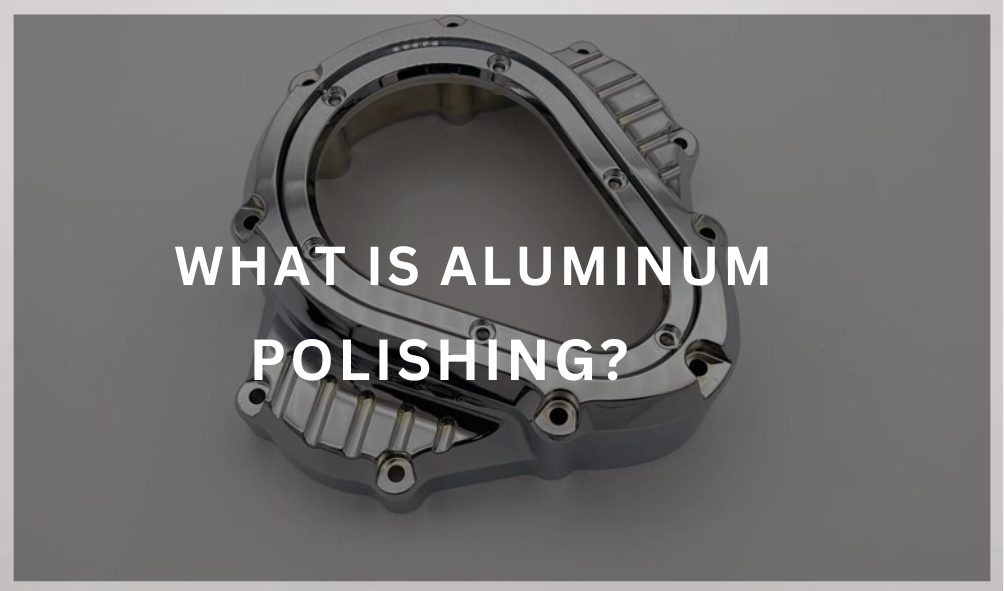
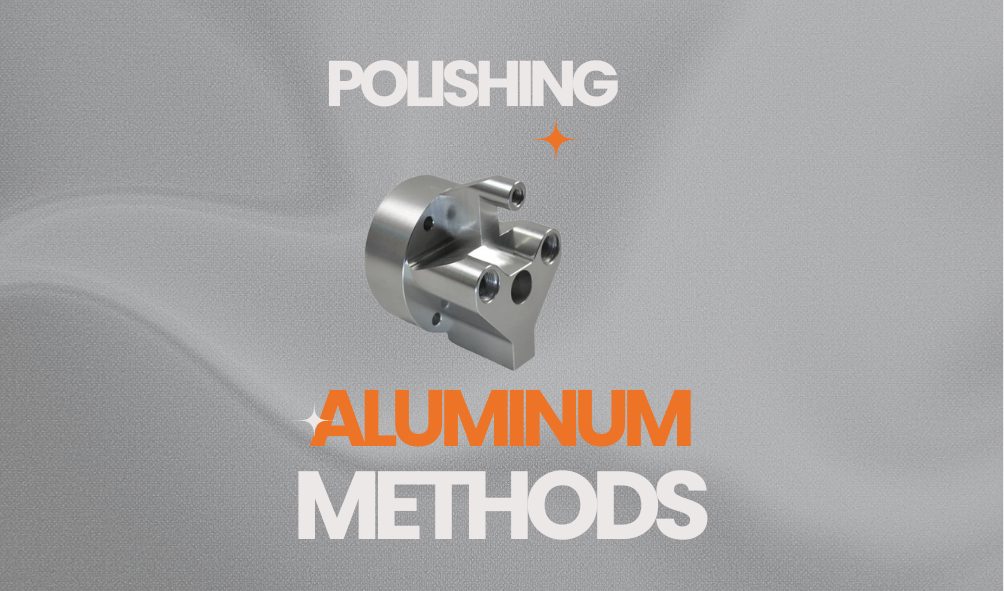
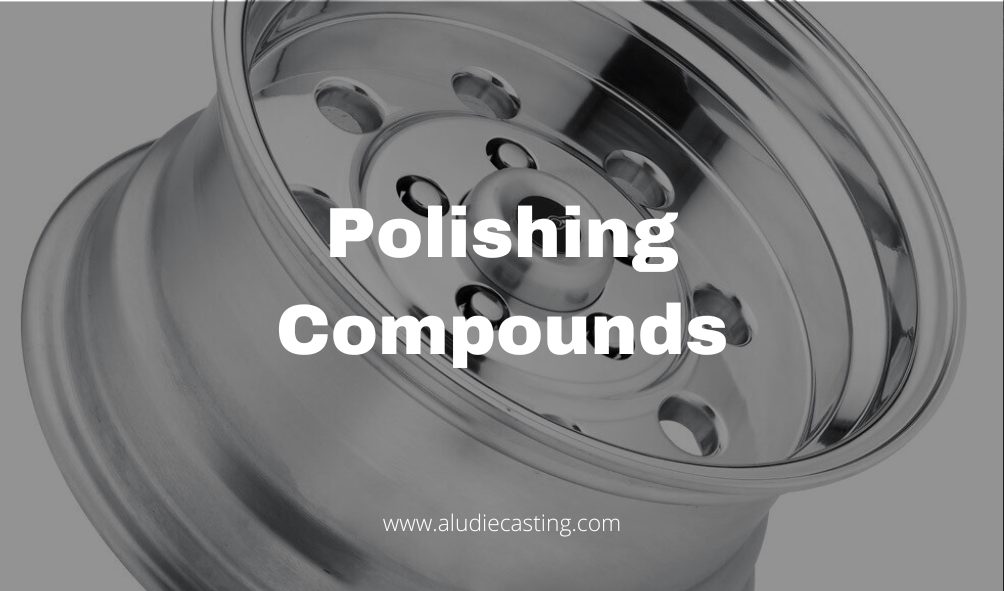
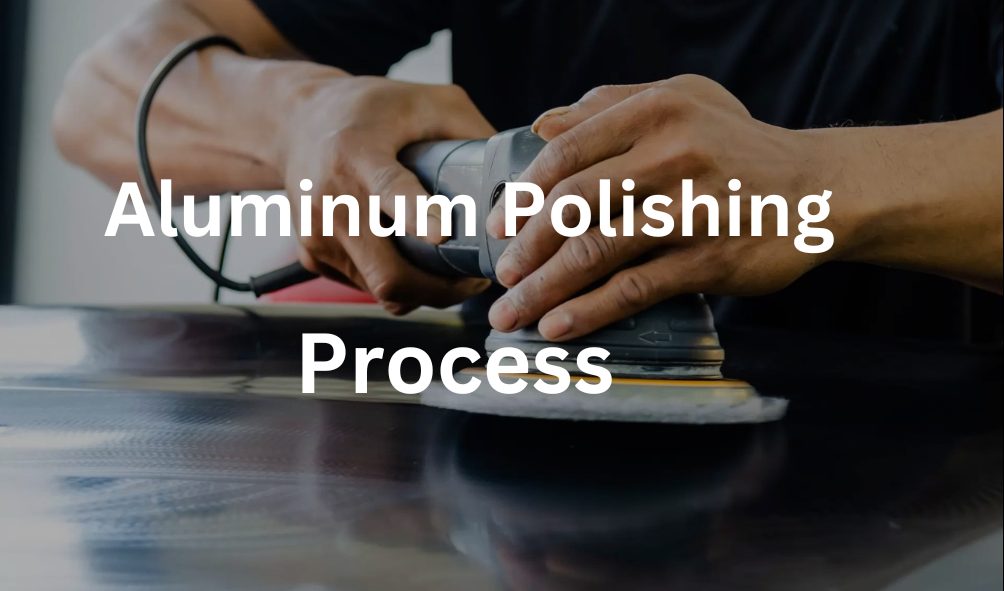

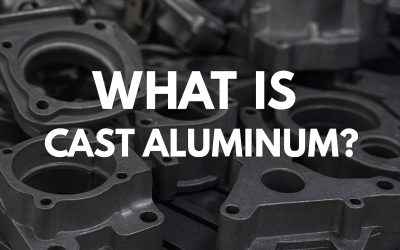

0 Comments